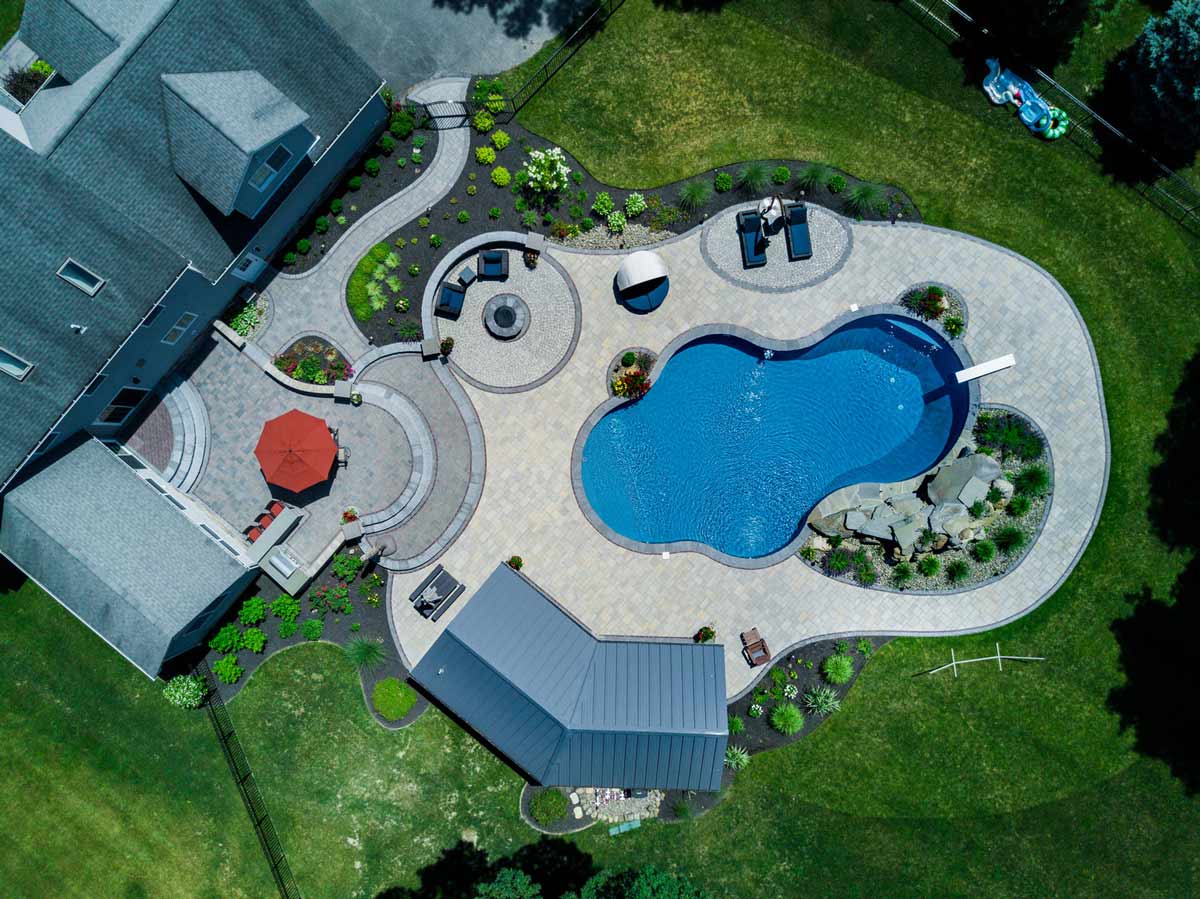Why 2025 is the Perfect Year to Transform Your Yard
Transforming your yard is more than just an aesthetic upgrade — it’s about creating a sanctuary that reflects your lifestyle, values, and love for nature. With advancements in sustainable gardening, smart irrigation, and design trends focusing on wellness and biodiversity, 2025 offers unprecedented opportunities to elevate your outdoor space.
Whether you crave a peaceful retreat, a vibrant garden bursting with color, or a functional entertaining space, the key lies in intentional planning and choosing upgrades that fit your budget and goals.
Step 1: Assess Your Current Yard
Before any groundbreaking, spend time observing and documenting your yard’s current conditions:
-
Soil quality: Test pH and nutrients with a simple kit or professional service.
-
Sun exposure: Map areas of full sun, partial shade, and deep shade throughout the day.
-
Drainage: Look for spots where water pools or runs off quickly.
-
Existing plants and trees: Identify what’s thriving, what needs pruning, and what should be removed.
-
Usage patterns: Note how you and your family currently use the space and what you wish to change.
Step 2: Define Your Vision and Priorities
Ask yourself these critical questions:
-
What is your primary purpose? (Relaxation, entertaining, growing food, play area)
-
What style resonates with you? (Modern minimalist, cottage garden, Mediterranean, tropical)
-
How much maintenance are you willing to commit to?
-
Do you want to focus on sustainability or native plants?
-
Will you be doing the work yourself or hiring professionals?
Step 3: Budgeting Your Yard Transformation
Cost planning is vital to avoid surprises. Below is a detailed cost table outlining common yard transformation items/features with estimated low-end, mid-range, and high-end costs for 2025:
| Item / Feature | Low-End Cost | Mid-Range | High-End |
|---|---|---|---|
| Sod Installation | $1,000 | $3,000 | $6,000 |
| Garden Bed Creation | $500 | $1,500 | $4,000 |
| Hardscape (patio, paths) | $2,000 | $7,500 | $15,000 |
| Irrigation System | $800 | $2,500 | $6,000 |
| Outdoor Lighting | $300 | $1,200 | $4,500 |
| Tree and Shrub Planting | $400 | $1,500 | $5,000 |
| Water Feature (fountain, pond) | $1,000 | $3,500 | $10,000 |
| Lawn Renovation (aeration, reseeding) | $200 | $600 | $1,500 |
💡 Tip: Always allocate at least 10-15% extra for unforeseen costs or upgrades.
Step 4: Designing Your Layout
Start sketching your yard layout, either on paper or with free online design tools like SketchUp or Gardena My Garden. Incorporate:
-
Zones for different activities (seating, planting, play)
-
Flow and pathways to ensure easy movement
-
Placement of focal points like a fire pit, statue, or large tree
-
Sun/shade dynamics to position plants correctly
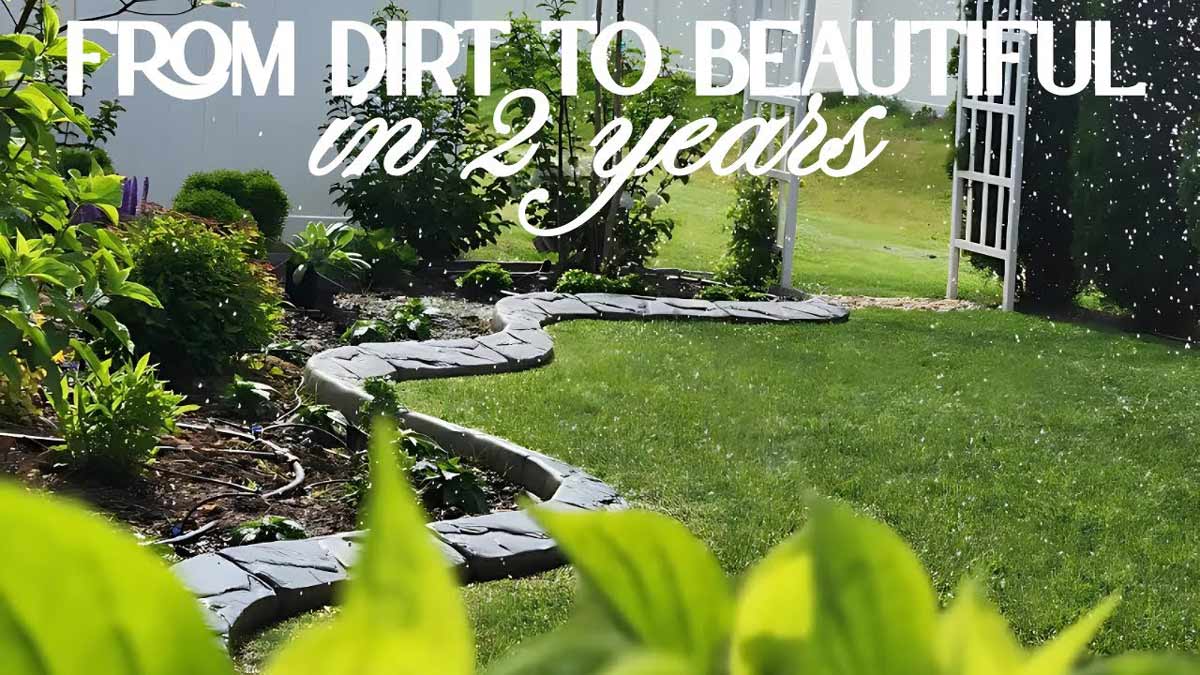
make your garden better
Step 5: Selecting Plants and Materials
Choosing the right plants and materials brings your vision to life.
-
Favor native plants for lower water and maintenance needs.
-
Incorporate a mix of perennials and annuals for continuous blooms.
-
Choose durable, eco-friendly materials for hardscapes like permeable pavers or recycled composites.
-
Consider edible landscaping by adding herbs, vegetables, or fruit trees.
Installation, Trends & Pro Tips for a Stunning 2025 Yard
Step 6: Installation — DIY or Hire Professionals?
Transforming your yard can be a rewarding DIY project or a stress-free professional experience, depending on the scale and your skill level.
When to DIY
-
Small garden beds and planting
-
Lawn renovation and basic maintenance
-
Mulching and edging
-
Installing simple lighting or irrigation kits
Benefits: Lower cost, personal satisfaction, flexibility
Challenges: Time-consuming, learning curve, requires tools
When to Hire Professionals
-
Hardscape construction (patios, retaining walls, pathways)
-
Complex irrigation or drainage systems
-
Large tree planting or removal
-
Water features or lighting systems with electrical work
Benefits: Expert results, time-saving, warranty and guarantees
Challenges: Higher upfront cost, scheduling constraints
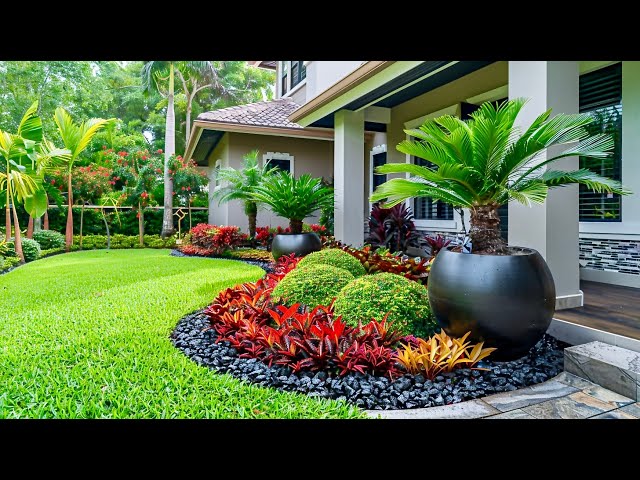
best garden in the world
Step 7: Trending Landscaping Features of 2025
Stay ahead of the curve with these in-demand elements that combine beauty and functionality.
-
Native Pollinator Gardens: Boost biodiversity with flowers that attract bees, butterflies, and hummingbirds.
-
Smart Irrigation Systems: Wi-Fi-enabled controllers adjust watering schedules based on weather, saving water and money.
-
Outdoor Living Spaces: Fire pits, pergolas, and outdoor kitchens create year-round hangout spots.
-
Edible Landscaping: Incorporate fruit trees, vegetable beds, and herbs for fresh, homegrown food.
-
Sustainable Materials: Permeable pavers, recycled composites, and sustainably harvested wood reduce environmental impact.
-
Vertical Gardens: Maximize space with trellises, living walls, and container gardens, perfect for small yards or urban settings.
Step 8: Staying on Budget Without Sacrificing Style
Here’s how to make every dollar count:
-
Prioritize Key Areas: Focus budget on high-impact zones like patios or front entryways.
-
Phase the Project: Spread costs over multiple seasons or years.
-
Shop Smart: Buy plants in season or propagate existing ones.
-
Mix Materials: Combine budget-friendly options (mulch, gravel) with splurges (natural stone) for contrast.
-
Use Solar Lighting: Save on wiring and electricity costs.
-
Rent Tools: Avoid buying expensive equipment for one-time use.
Cost Considerations: Installation vs Materials
Keep in mind installation costs can sometimes double or triple your material costs depending on labor, complexity, and location. For example:
| Item / Feature | Material Cost | Estimated Installation Cost |
|---|---|---|
| Patio Pavers | $3–$7 / sq ft | $8–$15 / sq ft |
| Irrigation System Parts | $500–$2,000 | $1,000–$3,500 |
| Outdoor Lighting Fixtures | $30–$150 each | $50–$200 per fixture |
| Trees and Shrubs | $20–$300 each | $100–$500 per large specimen |
Step 9: Maintenance Tips for a Lasting Transformation
To keep your yard beautiful throughout the seasons:
-
Mulch beds annually to retain moisture and suppress weeds
-
Prune shrubs and trees at recommended times
-
Adjust irrigation seasonally
-
Fertilize using slow-release organic formulas
-
Monitor for pests and disease regularly
-
Aerate lawn yearly to improve root growth
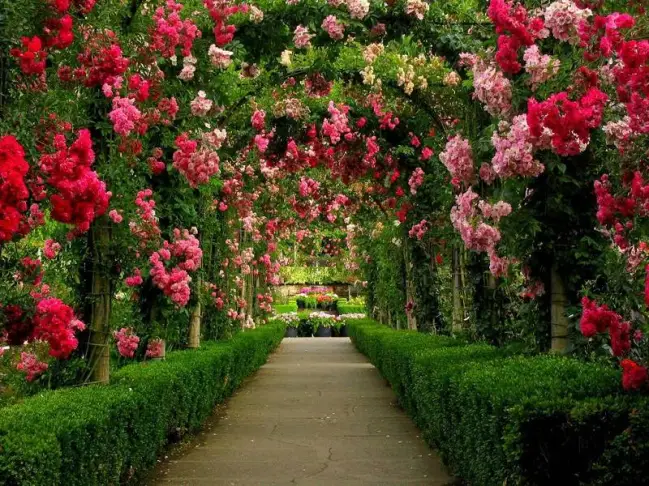
butchart-gardens lovable garden
Step 10: Pro Landscaping Tools to Invest In
Equip yourself for success with these essentials:
| Tool | Why It Matters |
|---|---|
| Soil Testing Kit | Understand your soil health |
| Quality Pruners | Precise cuts for healthy plants |
| Cordless Hedge Trimmer | Efficient shaping and trimming |
| Drip Irrigation Kit | Targeted, water-saving watering |
| Garden Kneeler & Seat | Comfort for long projects |
Sustainability, Seasonal Planning & Final Checklist
Step 11: Embracing Sustainability in Your Yard
Transforming your yard in 2025 means doing so with care for the planet and future generations. Incorporate these eco-friendly strategies:
-
Rainwater Harvesting: Use rain barrels or cisterns to collect water for irrigation.
-
Composting: Turn kitchen scraps and yard waste into rich fertilizer.
-
Native & Drought-Tolerant Plants: Reduce water needs and support local wildlife.
-
Permeable Surfaces: Allow rainwater to seep naturally, reducing runoff and erosion.
-
Avoid Chemical Pesticides: Opt for organic or natural pest management to protect beneficial insects.
-
Energy-Efficient Lighting: Solar or LED fixtures cut electricity use.
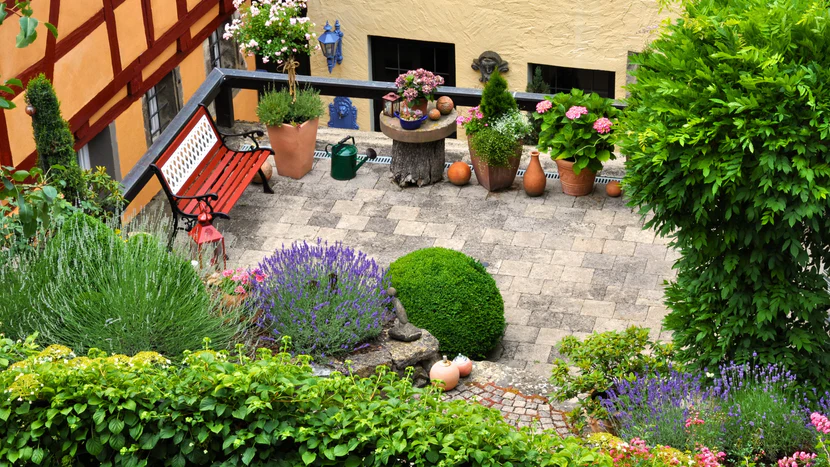
the best garden in the world!
Step 12: Seasonal Planting Calendar for 2025
Maximize growth and bloom with timely planting:
| Season | Activities | Plant Suggestions |
|---|---|---|
| Spring | Soil prep, sow seeds, transplant | Tulips, Peonies, Lettuce, Herbs |
| Summer | Mulch, irrigate, prune, pest control | Marigolds, Tomatoes, Lavender |
| Fall | Plant bulbs, compost, lawn care | Daffodils, Garlic, Ornamental Grass |
| Winter | Tool maintenance, plan next season | Prune dormant shrubs, start seeds indoors |
Step 13: Your Ultimate Yard Transformation Checklist
To guide your journey from start to stunning finish:
-
Assess soil, sun, and drainage
-
Define vision and priorities
-
Set budget and phase plan
-
Design layout with zones and focal points
-
Choose plants and materials, favor natives
-
Decide on DIY vs professional help
-
Purchase or rent tools and materials
-
Begin installation: hardscapes, irrigation, planting
-
Mulch beds and install lighting
-
Implement sustainable practices
-
Follow seasonal planting and maintenance
-
Enjoy and refine your outdoor oasis
Step 14: Expert FAQs on Yard Transformation
Q1: How long does a typical yard transformation take?
A: Depending on size and scope, 3 to 12 months is common, especially if phasing your project.
Q2: What is the best way to prevent weeds?
A: Use organic mulch, landscape fabric under hardscapes, and timely hand weeding.
Q3: Can I landscape on a tight budget?
A: Absolutely! Focus on high-impact areas, DIY where possible, and use native plants which are lower cost and care.
Q4: How do I maintain irrigation efficiently?
A: Invest in smart irrigation controllers and drip systems that target roots, reducing waste.
Q5: What are the best plants for low-maintenance yards?
A: Native grasses, succulents, ornamental shrubs like boxwood, and drought-tolerant perennials.
Final Thoughts: Your Yard, Your Sanctuary
Master Metin, your yard is more than soil and plants — it’s your personal retreat, a canvas of nature’s artistry, and a legacy to nurture. With thoughtful planning, smart investments, and sustainable practices, 2025 can be the year you truly transform your outdoor space into a haven of beauty, functionality, and peace.
Your 2025 Yard Transformation Video Guide
For visual inspiration and step-by-step walkthroughs, watch this expert-curated YouTube video:


